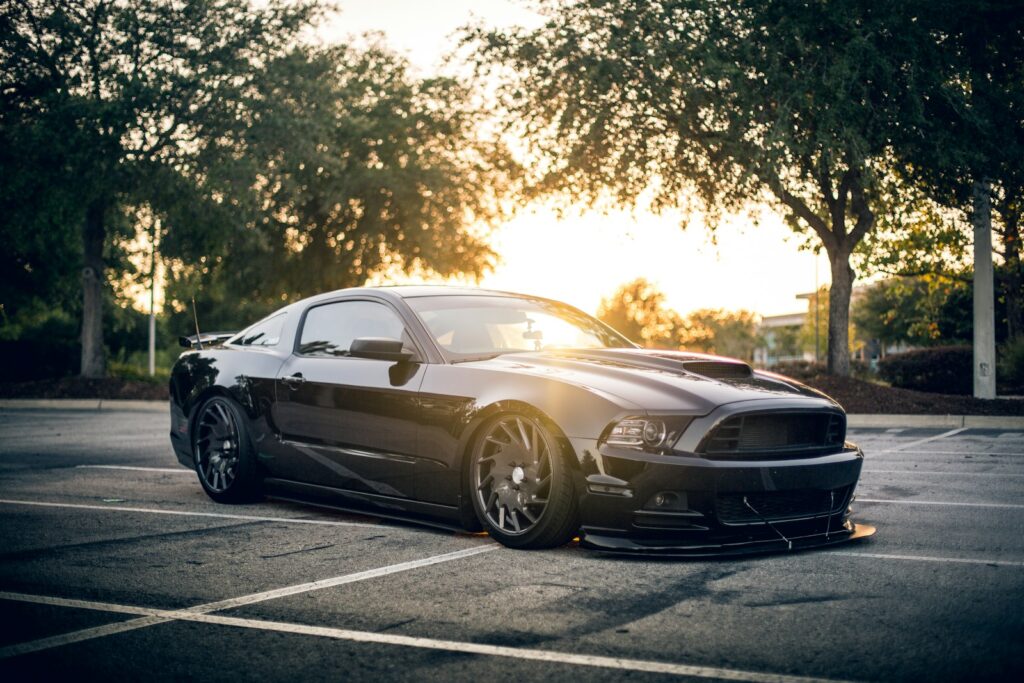
The automotive industry, a vibrant arena of engineering marvels and stylistic evolution, has perpetually prided itself on innovation. For decades, manufacturers have pushed the boundaries of what’s possible, constantly striving to deliver vehicles that are safer, more efficient, and undeniably more thrilling to drive. This relentless pursuit of progress often brings about exciting advancements, shaping the very culture of motoring as we know it.
Yet, for all its forward-thinking intentions, this dynamic landscape is not without its pitfalls. Across online forums, in the hushed conversations within garages, and even on the bustling showroom floors around the globe, a quiet frustration often mounts. It’s a sentiment shared by enthusiasts and everyday drivers alike: not every new trend truly hits the mark. In fact, many innovations, while perhaps born of good intentions, have managed to raise more than a few eyebrows and stir up significant debate within the automotive community.
We’re talking about those trends that, for myriad reasons, just don’t sit right. Whether they’re driven by marketing gimmicks, fleeting design fads, or perhaps an overly ambitious leap into new technology, these phenomena often receive significant backlash, proving more annoying than beneficial. So, buckle up, because we’re about to take an in-depth, no-holds-barred look at some of the most prominent, and frankly, perplexing, automotive trends that have left many of us longing for simpler, more intuitive, and authentic experiences behind the wheel.

1. **Soft Limiters on Performance Cars**: Soft limiters, those often-unseen digital chaperones, have quietly become a staple in modern vehicles. Engineered primarily to curtail emissions and noise pollution, their environmental benefits are clear, aligning perfectly with global initiatives for a greener planet. In a world increasingly conscious of its ecological footprint, the intent behind these systems is, undeniably, commendable, ensuring that even high-performance machines contribute to a cleaner, quieter future.
However, their application in celebrated performance cars like the Audi R8 and Porsche 911 Turbo S sparks a notable contradiction that’s truly irksome to enthusiasts. These are vehicles designed and sold on the promise of exhilarating speed and iconic engine roars—a symphony of power that defines their very essence. The imposition of soft limiters dilutes that visceral driving experience, stripping away the raw auditory pleasure that enthusiasts crave and leaving a profound sense of longing for the unbridled symphonies of power they once knew. It’s a baffling compromise, muting the very soul of what makes these cars so special.

2. **Oversized Grilles**: Walk into any modern car showroom, and one trend is immediately apparent: the increasing prevalence of massive, often polarizing grilles. Led prominently by brands like BMW and Lexus, this aesthetic choice is nothing if not bold, yet it has undeniably triggered a combined aesthetic and functional discourse across the industry. In certain markets, particularly China, large grilles are indeed rather wanted, signaling a potent combination of luxury, presence, and status.
Nevertheless, the sheer necessity for such huge grilles is highly doubted in many circles, particularly when applied to electric vehicles (EVs) such as the BMW i4. In these battery-powered machines, the traditional cooling requirements of a combustion engine are, quite simply, absent. The stylistic evolution of this tendency in EVs, therefore, glaringly emphasizes brand identity over operational functionality, often resulting in a gaping maw that serves little purpose beyond a questionable visual statement. These gargantuan grilles can also ironically obstruct airflow to other essential components, and their sheer size often leads to more frequent and costly repairs in the event of minor collisions, making them a literal and figurative pain.
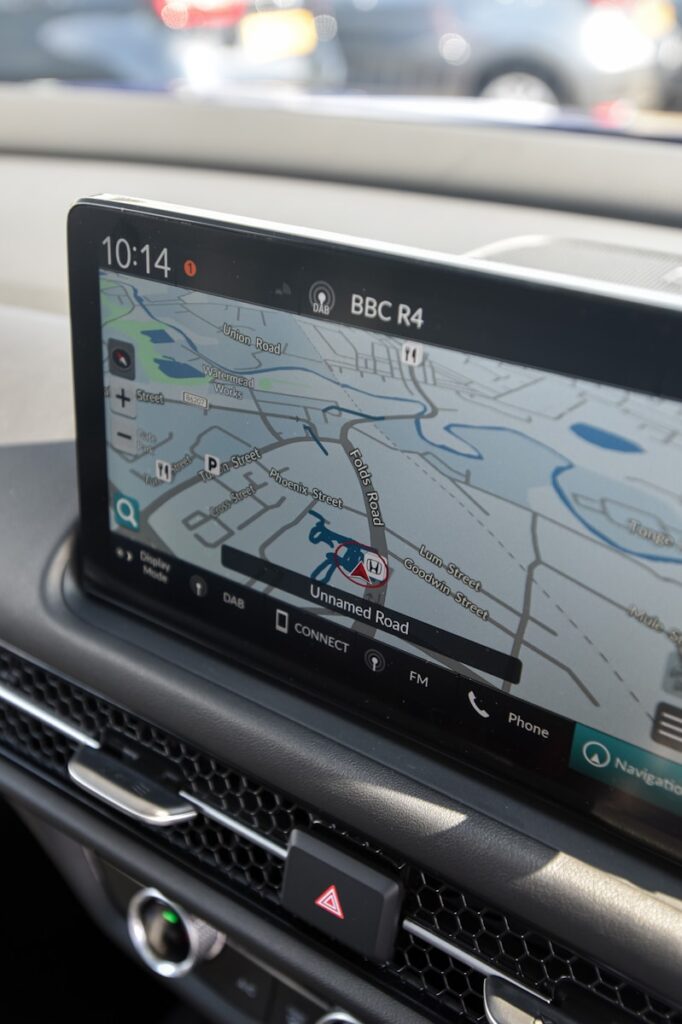
3. **Excessive Use of Touch-Sensitive Controls / Touchscreens**: The automotive industry’s shift from tactile buttons and knobs to sleek, touch-sensitive interfaces marks a significant evolution in vehicle interiors, aiming for a more streamlined and futuristic dashboard aesthetic. On the surface, the allure of a minimalist, screen-dominated cabin seems undeniably modern, promising an intuitive, tech-forward experience that integrates seamlessly with our digital lives.
Yet, this move has come at a considerable cost, raising serious concerns over both safety and usability. The reliance on complex touchscreens and touch-sensitive controls for basic functions, from adjusting the radio to managing climate settings, demands drivers to take their eyes off the road for far too long. Unlike physical buttons that can be operated by feel and muscle memory, navigating layers of submenus on a smooth glass surface requires a level of visual attention that is simply not compatible with safe driving. As one frustrated observer put it, “I have never heard anyone say: ‘Wow, I really love the way all my basic functions can only be accessed by pressing three vague touchscreen shortcuts first!’”
Furthermore, the real-world experience of these systems often falls short. Smudged screens, frustrating lag, or unreliable haptic feedback only exacerbate the annoyance. While we are rightfully told to never use our phones while driving due to distraction, the time spent finding a touchscreen button for climate control can be surprisingly similar to unlocking a phone and searching for a specific app. This prioritization of technology over genuine convenience and safety results in interiors that seem designed more for Instagram appeal than actual driver comfort and intuitive operation, leaving many drivers longing for the simplicity and tactile satisfaction of physical buttons and dials.
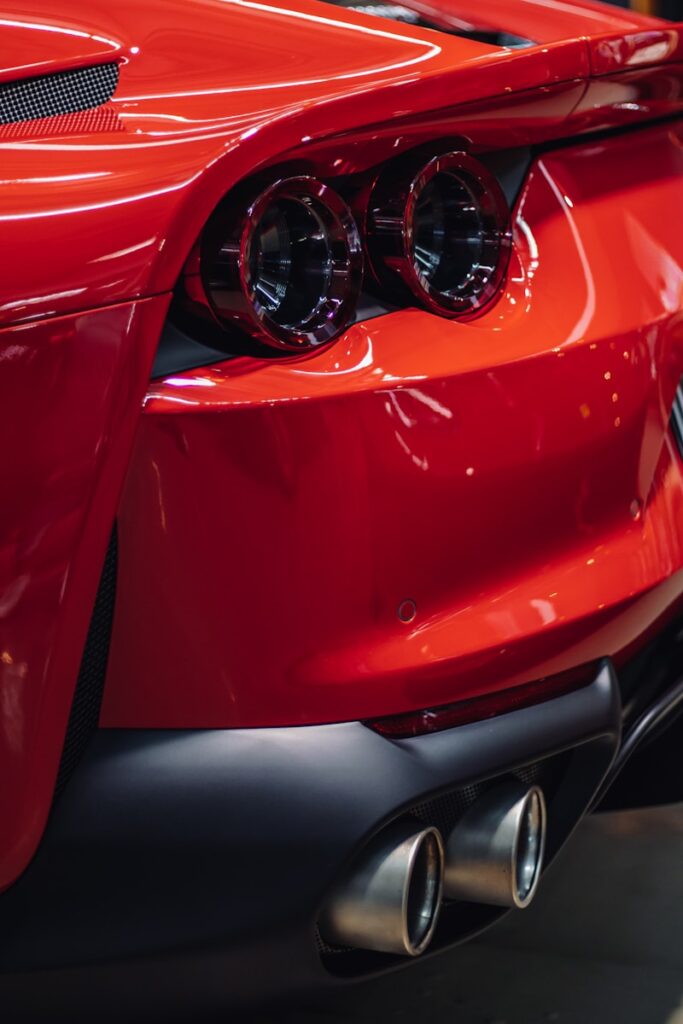
4. **Fake Vents, Intakes, and Exhaust Pipes**: The automotive landscape is currently crowded with decorative elements that pay more attention to form than actual function. Fake vents and intakes, often seen on sporty models like the Honda Civic Type R and Toyota Supra, are prime examples. While they are undoubtedly intended to enhance the sporty appearance of a car, reactions from the community are decidedly mixed. For many enthusiasts, these non-functional adornments raise a serious concern about the purity and integrity of vehicle design, blurring the lines between genuine performance cues and superficial styling.
Adding to this frustration is the increasingly widespread trend of fake exhaust pipes and tips, noticeable in vehicles from well-known brands such as Audi and Mercedes-Benz. This design aspect is intended to deliver a more dynamic or aggressive look, rather than any actual improvements in performance or sound. While some might argue it makes the car look better to a degree, this trend fundamentally questions the design’s authenticity and integrity within the automotive community. Critics rightly argue that this diminishes the real engineering virtues for which these prestigious brands are famous, and they demand a return to true design principles that would represent the actual possibilities and capabilities of the vehicle, not just a facade.
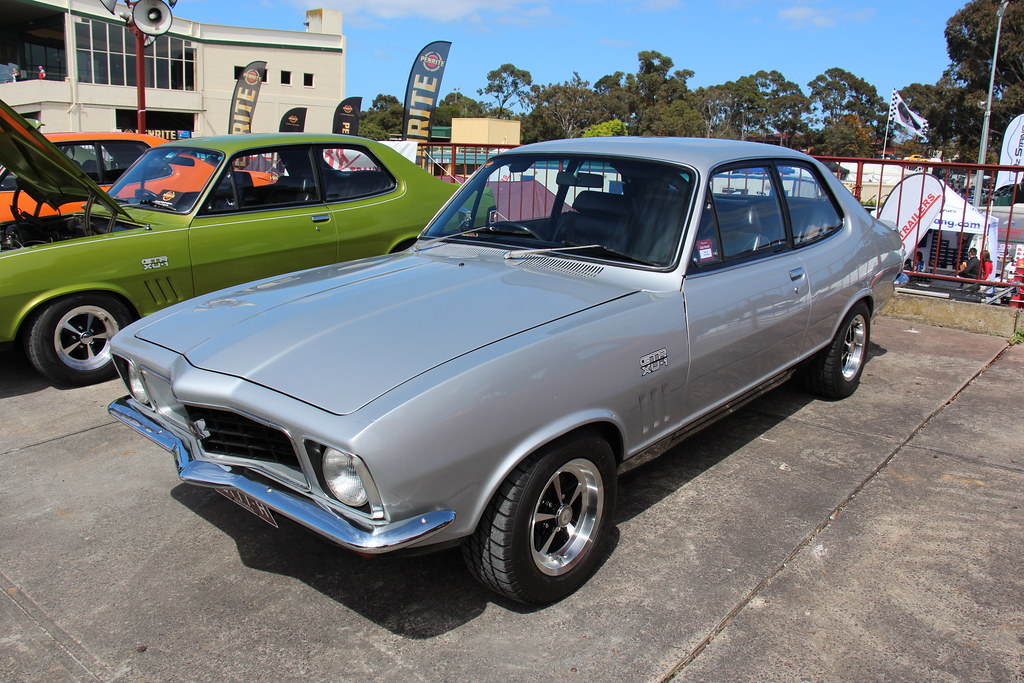
5. **Sporty Badges Without Performance Enhancements**: Automakers have increasingly adopted a marketing technique that involves slapping sporty badges onto standard models, creating a peculiar disconnect. For instance, the AMG Line of Mercedes or the M badges of BMW offer the visual appeal and perceived prestige of high-performance cars, but critically, without the corresponding mechanical enhancements or power output. This approach is met with varied consumer reactions; while some buyers might accept this as a way to get the ‘look’ without the full performance price tag, for many, it has resulted in overall consumer dissatisfaction and threatens the very heritage of these iconic brands.
Enthusiasts, who truly appreciate and understand the genuine performance that these badges are traditionally used to symbolize, are left doubting the brand’s commitment to real sportiness. This practice initiates a broader discussion about the true value of these badges and, more importantly, the integrity of a brand that seemingly prioritizes superficial aesthetics over authentic engineering. It effectively cheapens the once-revered symbols of speed and precision, reducing them to mere marketing tools rather than genuine indicators of automotive prowess, and that’s a tough pill for purists to swallow.

6. **Replacing Side Mirrors with Cameras**: The transition from conventional side mirrors to camera-based systems represents a bold step closer to futuristic automobile layouts and operation. This innovative design offers several theoretical advantages, including better aerodynamics due to the reduced drag of smaller cameras, and potentially a higher level of safety with wider and often unobstructed views projected onto interior screens. It certainly paints a picture of sleek, forward-thinking automotive engineering.
Yet, this technological leap does not come without its difficulties and a fair share of debate. Practical concerns abound, including the high cost of repairs and replacements should these complex camera systems be damaged. Furthermore, drivers must adjust to entirely new visual inputs, which can be disorienting, and reliability issues, particularly in different weather conditions like rain or snow, raise significant practicality questions. While some commend this progressive approach as a necessary evolution, others wonder if these perceived benefits are truly worth the troubles of such a huge change to a long-lasting and fundamentally reliable automotive staple, often feeling more disconnected from their surroundings and overly reliant on technology than their own awareness.
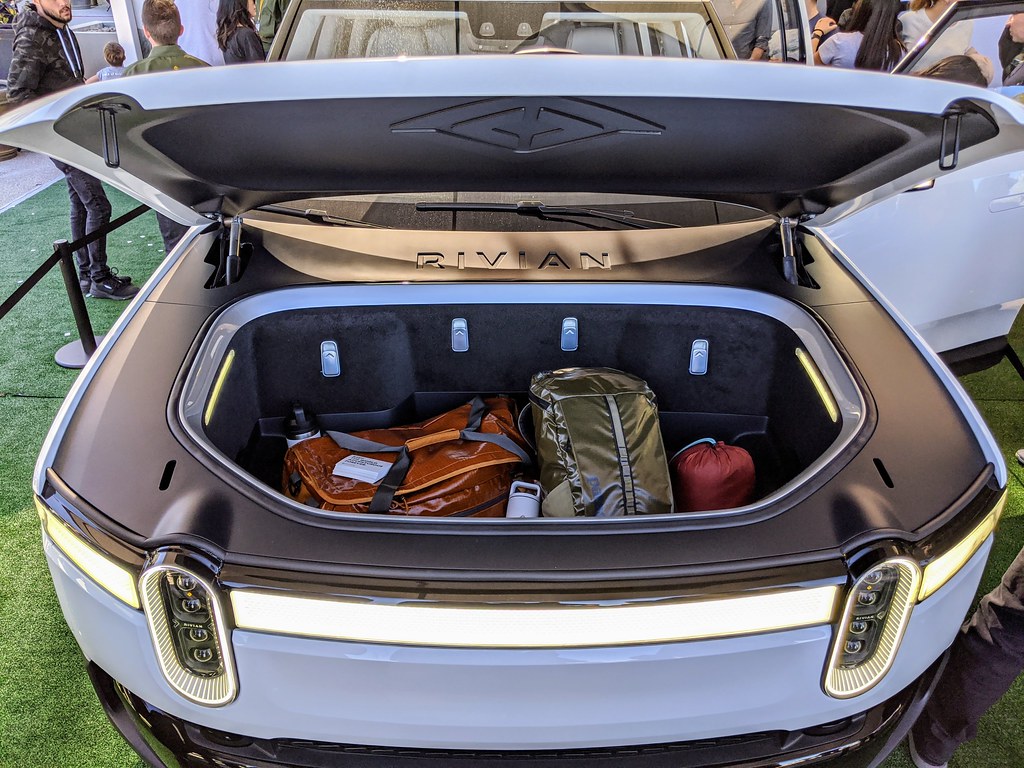
7. **EVs Missing a Frunk**: For many, the frunk, or front trunk, stands as one of the most exciting and logical attractions of electric vehicles. The absence of a conventional internal combustion engine under the hood frees up a significant amount of space, offering valuable extra storage that can be used for charging cables, groceries, or even a small carry-on bag. It represents an inherent practical advantage that EVs hold over their gasoline-powered counterparts, a clever utilization of liberated space that should be a no-brainer.
Nevertheless, this clear potential has, bafflingly, not been captured by all EVs, leaving a noticeable segment of consumers dissatisfied. Prominent illustrations of this curious omission include models like the Volkswagen ID.3 and the BMW iX, neither of which feature this desired front storage compartment. In these models, the lack of a frunk feels like a squandered opportunity to achieve extra versatility and comfort, directly challenging the very idea that EVs are inherently more practical than internal combustion cars. This oversight has rightfully spurred debates on the design priorities of new electric models, highlighting a curious disconnect between engineering potential and actual consumer demand for innovative and practical utilization of space.
Having pulled back the curtain on some of the most irksome design choices and performance compromises plaguing the automotive world, our journey into industry missteps continues. In this next leg of our exploration, we’re shifting gears to uncover an array of modern annoyances that chip away at the joy and practicality of vehicle ownership. From perplexing naming conventions to the bizarre world of artificial sounds, the baffling push for subscription features, and the pervasive pitfalls of tech overload, prepare to delve deeper into the trends that are leaving many drivers scratching their heads and longing for a simpler, more intuitive future on the road.
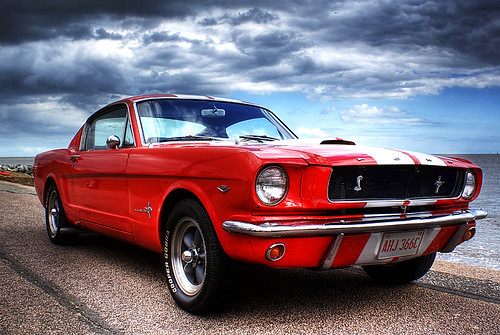
8. **Confusing Car Naming Conventions**: Automakers, in their relentless pursuit of innovation and market differentiation, have recently developed a peculiar penchant for confusing or misleading model names. It’s a trend that has left both seasoned enthusiasts and everyday consumers scratching their heads. Brands are increasingly blending traditional model lineage with modern technologies, creating names that, while perhaps catchy to a marketing team, often dilute the very essence of what made those names iconic in the first place. Consider the Ford Mustang Mach-E or the Porsche Taycan Turbo S—these names attempt to marry historic muscle and performance with unrelated electric vehicle characteristics, which can feel like a forced marriage rather than a harmonious evolution.
For many purists, such naming strategies are more than just a minor annoyance; they represent a significant challenge to the integrity of model heritage. The discussion extends beyond mere semantics, sparking legitimate debates about marketing practices that seemingly prioritize perceived modernity over the established, revered identities of these brands. It highlights the inherent difficulty, and sometimes outright failure, of bridging the gap between a storied tradition and the rapid pace of automotive innovation, often leaving behind a sense of disconnect that truly sticks in the craw of dedicated enthusiasts.
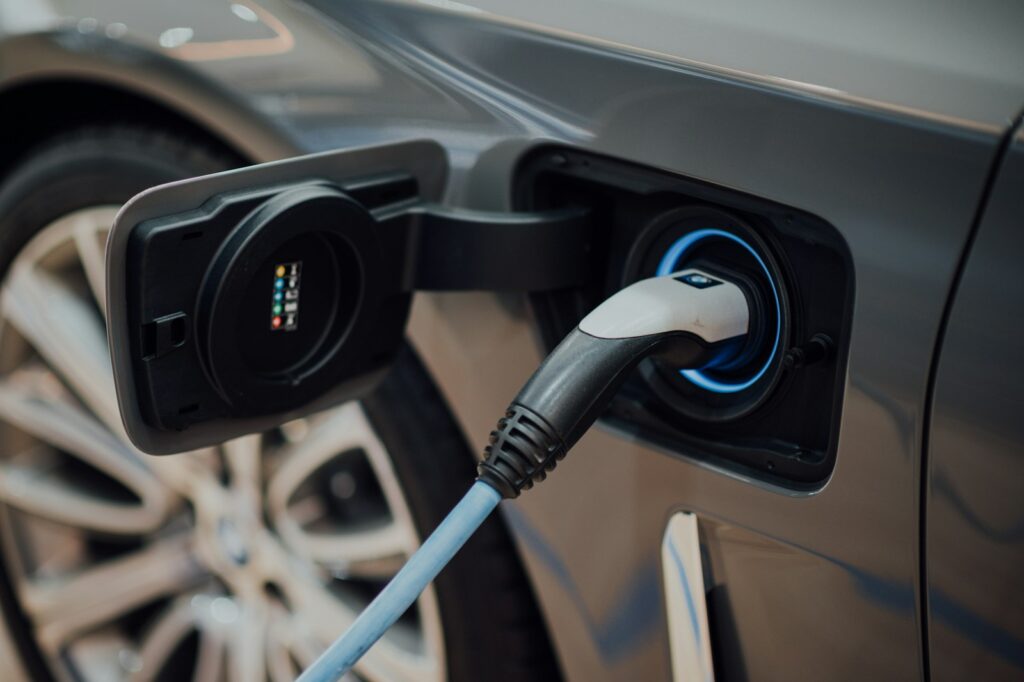
9. **Artificial Engine Sounds**: As the automotive industry steadily shifts its focus toward electric vehicles, a rather curious phenomenon has emerged to address the profound absence of traditional combustion engine noise. In a bid to retain some semblance of the auditory experience that has defined driving for over a century, manufacturers have begun introducing artificial engine sounds. These simulated noises are meticulously crafted to mimic the visceral roar and rumble of a gas-powered engine, designed specifically to cater to those who deeply miss the authentic symphony of internal combustion.
However, this practice has ignited a passionate debate over authenticity, with purists vociferously decrying the artificial enhancement as nothing short of “gimmicky.” While the intention is to enhance the driving experience, the reception of these synthetic sound enhancements has been decidedly mixed. Some drivers might appreciate the effort to maintain an auditory connection to traditional motoring, yet a significant portion of the automotive community is calling for a more authentic embrace of the EV’s naturally quiet operation, arguing that a truly modern electric vehicle should celebrate its silence, not simulate a past it has moved beyond.
The automotive world is a dynamic landscape, constantly evolving with new technologies and design philosophies. While many innovations genuinely enhance the driving experience, it’s clear that not every trend hits the mark. These frustrating tendencies, whether they stem from marketing whims, a misguided pursuit of futuristic aesthetics, or an overreliance on technology for technology’s sake, often detract from the core joy and practicality of vehicle ownership. As consumers, we constantly advocate for a return to intuitive design, authentic engineering, and a driving experience that values user-centric solutions over fleeting fads, ensuring that progress truly means progress for everyone behind the wheel.



